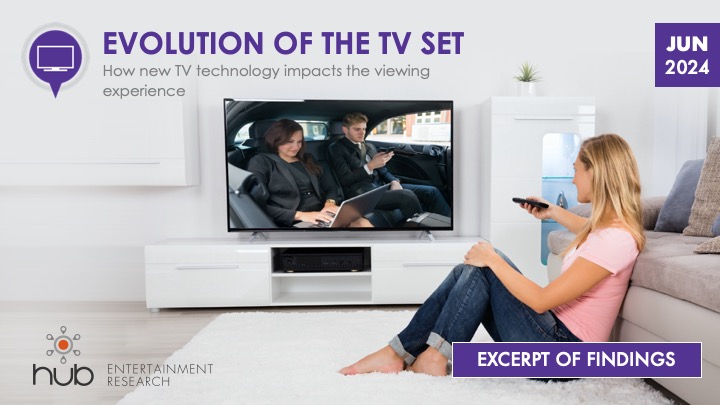Smart TVs are now the dominant device for viewing TV and streaming content in people’s homes, with continued growth in 2024 driven by attractive viewing features and declining prices. Streaming media players still have a strong presence in living rooms, but the ease of “all-in-one” Smart TVs positions them to gain dominance, especially with the strength of improved operating systems (OS) built into those TV sets that shape viewing behavior around what and how people are watching. How much do TV operating systems (OS) influence consumer behavior? How are viewers navigating search and discovery of titles using the manufacturer’s TV OS vs. other apps that match viewers with favorite content? User experiences within these distinct environments have especially big implications for advertising exposure and first party data collection that drive consumer behavior.
Since 2019, this study has covered the current and emerging capabilities of TV sets, how they are used by viewers, and consumer attitudes towards “TV” in general. With data for many questions going back six years, we can analyze long-term trends to provide additional insight into many topics. The report will provide guidance to all stakeholders in the “TV value chain” (device manufacturers, content producers, content distributors, and advertising sellers and buyers) to help improve TV-related business outcomes.
Source: Interviews with 2,517 U.S. consumers 16-74
Click here to subscribe to our free newsletter: Hub Intel
